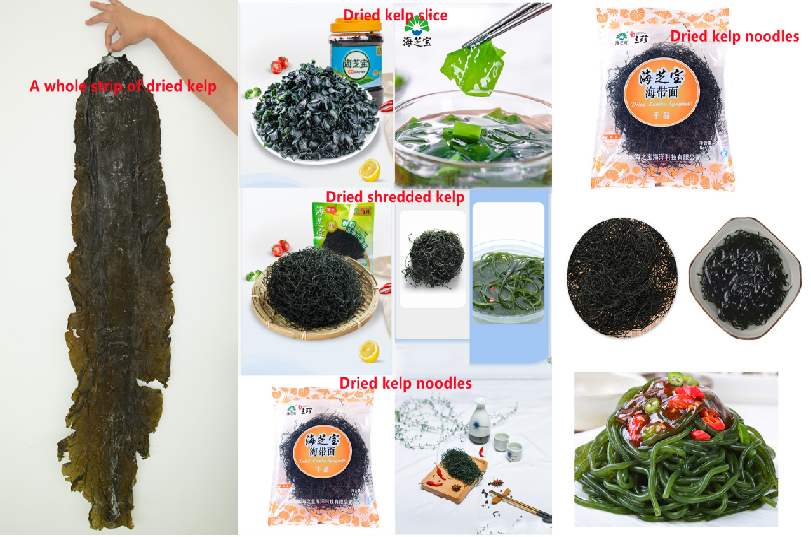There are a lot of mature larvae of cotton bollworm in crop fields such as corn, vegetables, and cotton. During the harvest process, most cotton bollworms fall into the soil and become overwintering. If these cotton bollworms can survive the winter, they will lay a hidden danger for the outbreak of the bollworm in the coming year. Therefore, it is an imminent task to grasp autumn fall and reduce bollworms, including tigers, aphids, and leafhoppers.
Autumn fall should be carried out as early as possible after the autumn harvest, so that there will be sufficient time to ensure the maturity of the soil, conducive to the accumulation of soil in the late autumn precipitation, the establishment of soil plough reservoirs, to achieve the use of spring autumn. If ploughing is too late, there will be too little time to land, which will result in too much and too large surface soil mass, which will reduce the quality of ploughing. This will not only adversely affect the soil ripening, but also affect the quality of spring sowing. The depth of autumn turning is generally 25 cm to 30 cm. .
The soil moisture content is suitable, the soil is finely crushed after being turned over, the soil is well preserved, and the resistance to turning over the ground is small and the work efficiency is high. If the soil moisture is too large, it is easy to form a sticky strip after turning it over, and it will become a dead mass after it has dried. Even if it is repeated for many times, it will be difficult to mashed and broken. The soil is too dry, the resistance to turning over the ground is large, the work efficiency is low, and the quality of cultivation is poor. Autumn turn should give priority to plowing earthy and sticky land in order to achieve loose soil and accelerate the purpose of soil ripening. For sandy soil with light soil texture, it is not necessary to turn over or plow till the next year, which is more conducive to water storage and conservation, and at the same time, it can save the investment in farming operations.
Plowing can turn most of the winter overwhelming pests and germs of farmland to the lower soil layer, destroying their wintering sites and making them unable to overwinter. Winter irrigation can saturate the water in the soil, causing suffocation of the insects that plunge into the soil layer, thereby greatly reducing the overwintering base of the pests. Therefore, it is recommended that there be plots of water and irrigation conditions. After the fall, timely soil preparation and winter irrigation. Winter irrigation is generally carried out before the soil is frozen, probably before mid-November, and can be adjusted according to climatic conditions. The soil with small soil leakage can be used during freezing to reach freezing with freezing. For sandy loam, 70 to 100 cubic meters can be filled per acre, and 60 to 70 cubic meters can be filled per mu. Blocks with large leakage should be carried out after freezing.
Disclaimer: Some articles in this website have been transferred from the Internet. If you are involved in third party legal rights, please inform this website. phone
Dried Kelp Slice
Dried Kelp Series is made of Haizhibao deep sea young kelp by drying directly without any addition,so that it can maxmium retains the 23 kinds of nutritions .It turns green when match the water at once with high swelling and especially suitable for making soup.salad or used as fillings,Due to the convenience and easy-storag,it`s a new choice to live healthy and nutritions.
How to eat
- Take out the kelp
- Soak until swelling compelety
- Cook,make soup.salad and other dishes

The difference between deep sea kelp and traditional ordinary kelp

Dried Kelp Slice,Dried Nori Seaweed,Dried Kelp Flakes,Dried Seaweed Flakes
Shandong Haizhibao Ocean Science and Technology Co.,Ltd. , https://www.haizhibaoseafood.com